The Corinthian Style developed in Ancient Greece and is classified as one of the Classical Orders of Architecture. It is characterized by an ornate capital with acanthus leaves.
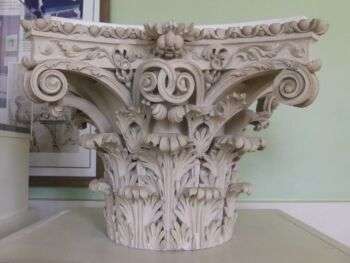
Image source: https://search.creativecommons.org/photos/b1dbae9b-d78f-4a12-90af-1a91991cc4c2 by orangeaurochs
Corinthian Order
To ensure buildings echoed a cohesive sense of style, Greeks created three orders of architecture, or groups of design elements meant to go together on a building’s exterior decoration. All orders included specific kinds of columns, capitals, and decorations. The three Greek architectural orders were Doric, which was the simplest; Ionic, which was a bit more decorative; and the Greek Corinthian order.
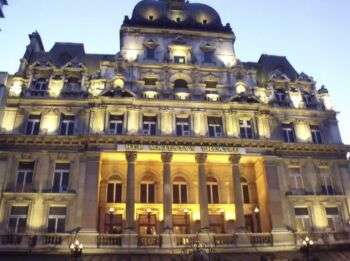
Image source: https://search.creativecommons.org/photos/1a0f262d-2bed-415a-aee9-166cecf9377b by ell brown
The human body inspired the proportions of the orders. Further, the Corinthian Order is the most ornate of the all the orders. This architectural style is characterized by slender fluted columns and elaborate capitals decorated with acanthus leaves and scrolls. As it is for other classic styles, the kind of building can request modifications to the canon of the style itself.
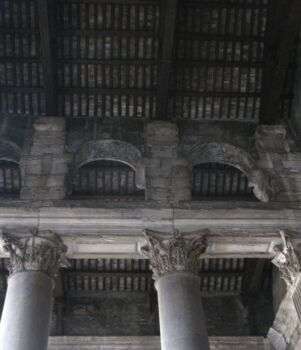
Image source: https://search.creativecommons.org/photos/beccd621-7de9-464a-8b9d-22d3ed201076 by isawnyu

Image source: https://search.creativecommons.org/photos/6c5ce87e-6de4-41c9-b3c0-00299702da3d by Andy Hay
Corinthian Order Style’s Characteristics
The most important features of the Corinthian Order are:
- The hanging capital, that is carved with two staggered rows of stylized acanthus leaves and four scrolls.
- The shaft has twenty-four sharp-edged flutes, and a column, which is ten diameters high. In its proportions, the Corinthian column is comparable to the Ionic column, although it is more slender, and stands apart by its distinctive carved capital.
- The abacus upon the capital has concave sides that conform to the corners of the capital, and it may have a rosette in the middle of each side.
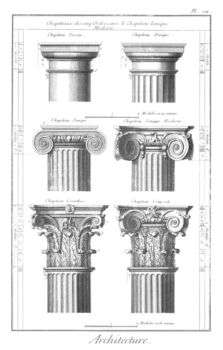
Image source: https://en.wikipedia.org/wiki/Classical_order
This Order has always been related to Beauty. Taken as a whole, it was developed by the Romans as an expression of the grandest architectural show. Vitruvius described the Corinthian column as an “imitation of the slenderness of a maiden.” The oldest known building designed in this order is the Choragic Monument of Lysicrates in Athens, Greece.
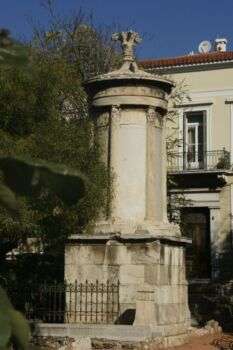
Image source: https://search.creativecommons.org/photos/11d68adb-0671-458c-9a35-63ac56742372 by Old Fogey 1942
The Meaning of the Acanthus Leaves
In Christian architecture, with the Gallo-Roman capitals, and in sepulchral monuments, adopted the acanthus leaves to symbolize the Resurrection. This is evident in the Romanesque art because the capitals are in the choir of a church, where the relics of the saints to whom the Resurrection was, are in the Corinthian order. Often, these are adorned with a number symbolic of leaves or flower buds.
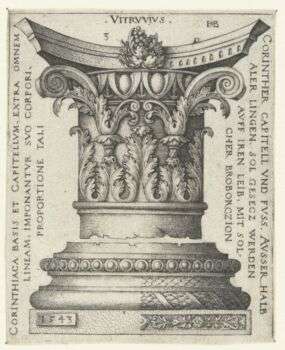
Image source: https://search.creativecommons.org/photos/4ae4a566-be23-402f-bdcb-e4cc7950785b by Rijksmuseum
Info source: https://www.britannica.com/technology/Corinthian-order
